Bearded dragons have become beloved pets in households worldwide, cherished for their docile nature and fascinating behaviors. As reptiles native to the arid regions of Australia, these lizards have evolved to thrive under specific environmental conditions that pet owners must recreate in captivity. Among the most crucial yet often misunderstood aspects of bearded dragon care is proper UVB lighting. Unlike mammals, bearded dragons process calcium and maintain overall health through a complex relationship with ultraviolet light. Without appropriate UVB exposure, these remarkable reptiles can develop serious, life-threatening conditions despite an otherwise perfect diet and habitat. This comprehensive guide will explore everything you need to know about UVB lighting for your bearded dragon, from the science behind it to practical implementation in your pet’s enclosure.
The Science Behind UVB and Reptile Health
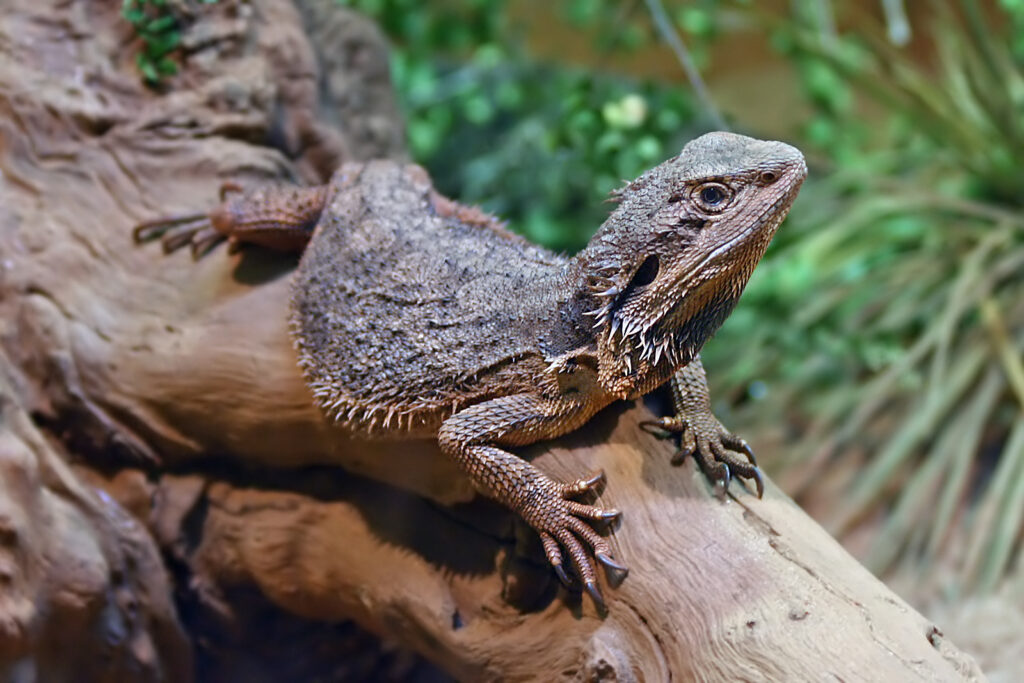
UVB (ultraviolet B) radiation is a specific wavelength range of light that enables reptiles to synthesize vitamin D3 in their skin. This process works similarly to humans getting vitamin D from sunlight, but for bearded dragons, it’s absolutely essential rather than supplementary. When UVB light penetrates a bearded dragon’s skin, it triggers a chemical reaction that converts provitamin D3 into vitamin D3, which is vital for calcium metabolism. Without sufficient vitamin D3, calcium cannot be properly absorbed from the digestive tract or utilized by the body regardless of how much calcium is in the diet. This scientific process explains why even well-fed bearded dragons can develop metabolic bone disease in the absence of proper UVB lighting. The natural habitat of bearded dragons in the Australian outback exposes them to significant amounts of natural UVB from the sun, which their bodies have evolved to require for proper physiological functioning.
Metabolic Bone Disease: The Silent Killer
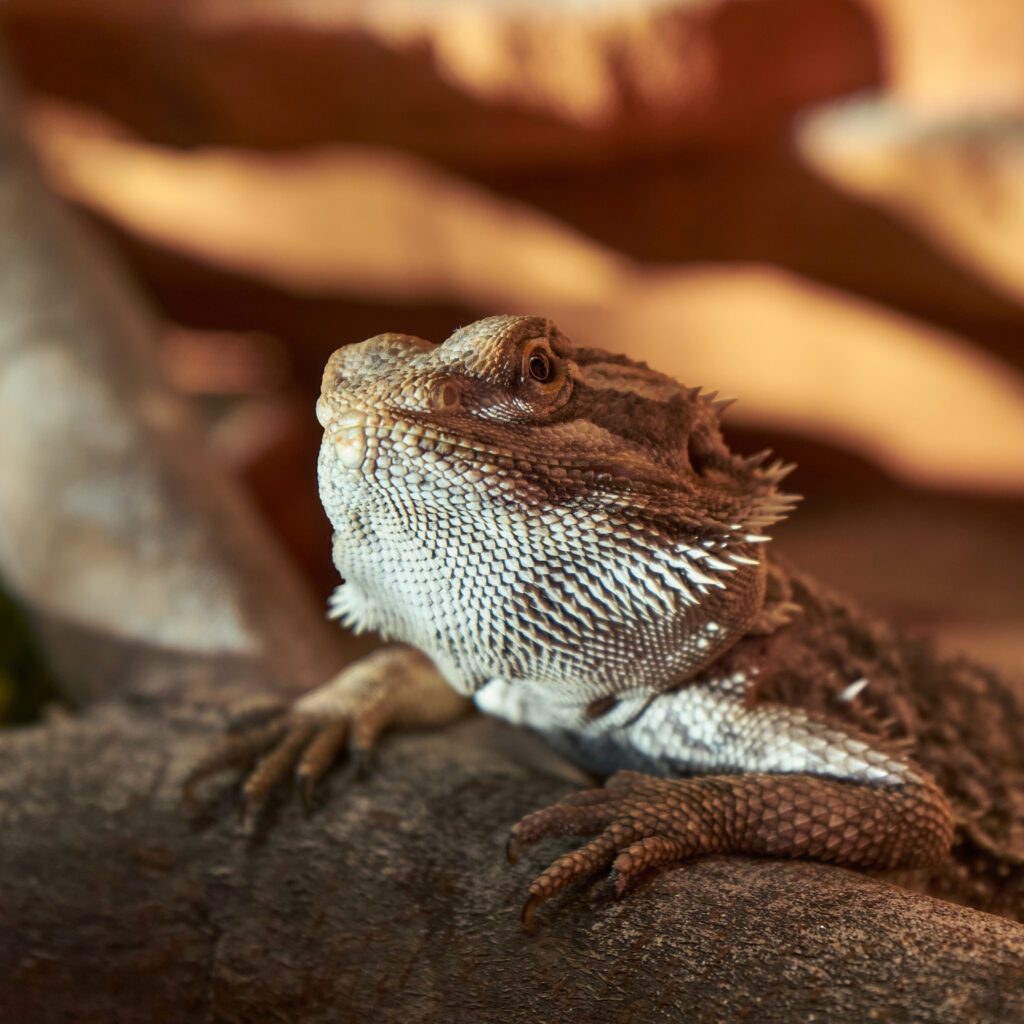
Metabolic Bone Disease (MBD) represents the most devastating consequence of insufficient UVB exposure in bearded dragons. This progressive and painful condition occurs when a bearded dragon cannot properly metabolize calcium, leading to the body extracting calcium from the bones to maintain critical bodily functions. The visible symptoms often appear gradually, starting with subtle tremors in the limbs, progressing to swollen or deformed limbs, soft or rubbery jaw, and eventually leading to permanent deformities and even death if left untreated. What makes MBD particularly insidious is that by the time obvious physical symptoms appear, significant damage has already occurred to the skeletal system. Many bearded dragons suffering from advanced MBD must be humanely euthanized because their quality of life becomes so compromised. Prevention through proper UVB lighting is infinitely more effective than attempting to treat established MBD, which often cannot be fully reversed.
Types of UVB Bulbs Available
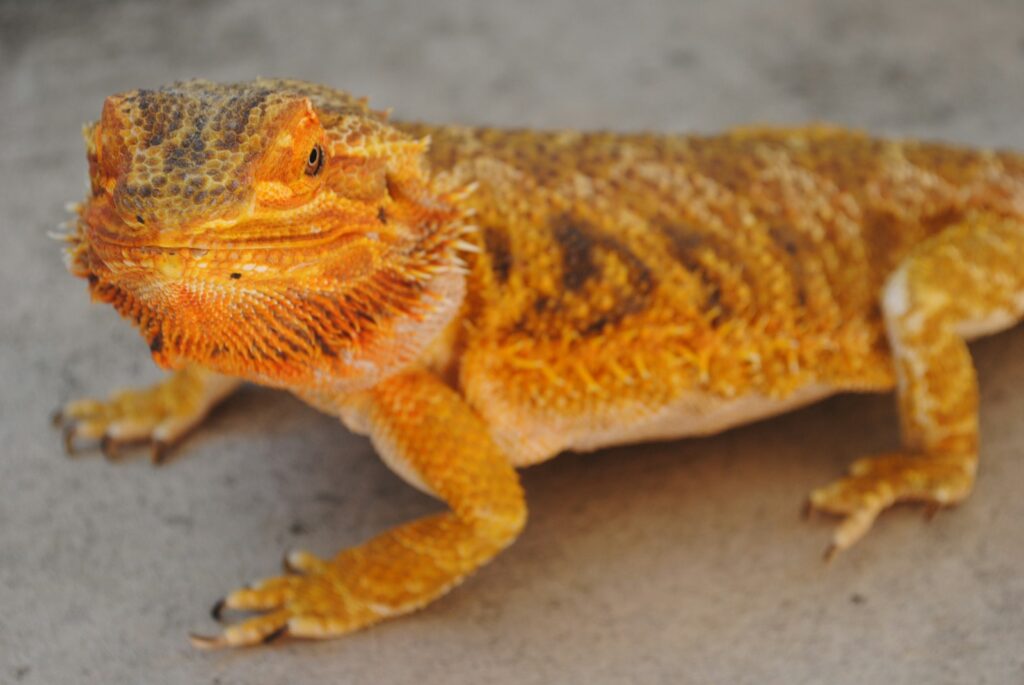
The market offers several types of UVB lighting options for bearded dragon owners, each with distinct characteristics. Fluorescent tube bulbs, available in T5 and T8 formats, provide a wide distribution of UVB across the enclosure and are generally considered the most reliable option by experienced reptile keepers. Compact fluorescent bulbs (often called coil bulbs) are smaller and less expensive but provide a narrower field of UVB and may need to be replaced more frequently. Mercury vapor bulbs combine UVB output with heat, serving dual purposes but requiring careful monitoring to prevent overheating. The newest technology, LED UVB bulbs, promises longer lifespans but remains controversial among some reptile experts who question whether they provide the full spectrum needed. When selecting a bulb type, consideration should be given to the size of your enclosure, the mounting options available, and your ability to maintain proper distances between your dragon and the light source.
Understanding UVB Percentage Ratings
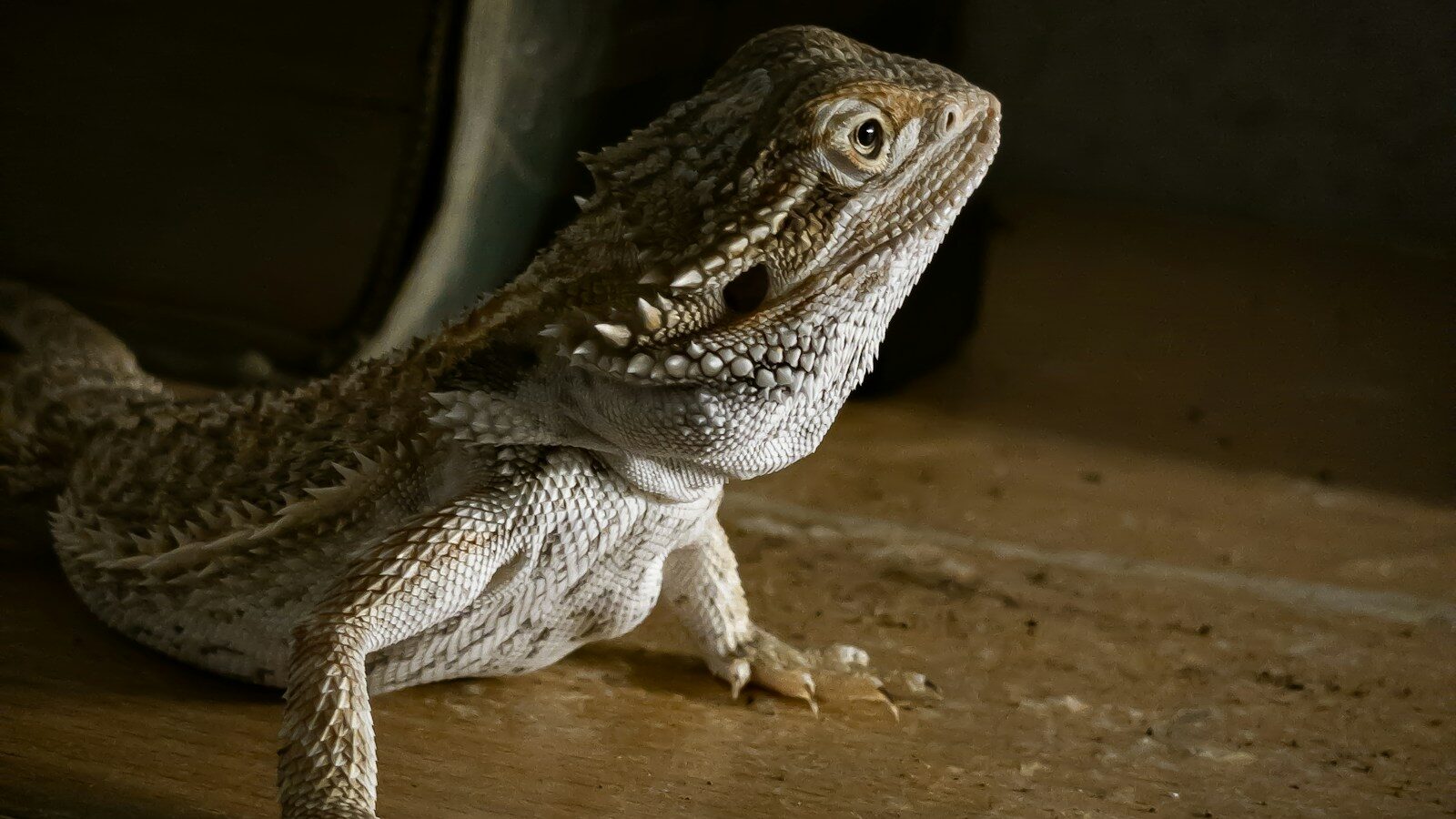
UVB bulbs come with percentage ratings (typically 5.0, 10.0, or 12.0) that indicate the intensity of UVB radiation they emit, not the percentage of your dragon’s requirements they fulfill. For bearded dragons specifically, experts generally recommend bulbs rated 10.0 to 12.0, as these desert-dwelling reptiles naturally experience high UVB levels in the wild. The percentage system can be confusing because a 5.0 bulb doesn’t provide 5% of the needed UVB—rather, it emits approximately half the UVB intensity of a 10.0 bulb. These ratings are somewhat standardized across brands but can vary slightly, making it important to purchase reptile-specific bulbs from reputable manufacturers. Tropical reptile species typically require lower UVB percentages (5.0-7.0), while desert species like bearded dragons need higher percentages to mimic their natural environment. Using a bulb with too low a rating for a bearded dragon can result in insufficient UVB exposure, while using excessively powerful UVB without proper setup could potentially cause eye damage or skin burns.
Proper Positioning and Distance
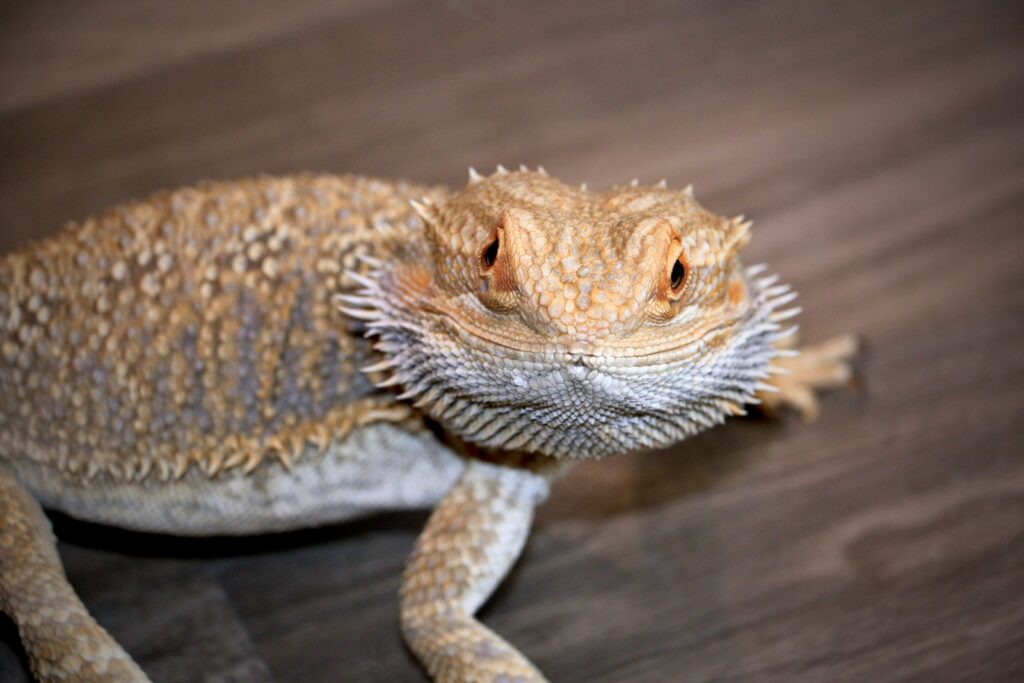
The effectiveness of UVB lighting depends significantly on the distance between the bulb and your bearded dragon. As UVB radiation travels through air, it diminishes in strength following the inverse square law, meaning that if you double the distance, you get only one-quarter of the UVB intensity. For most 10.0 T5 fluorescent tubes, the optimal distance ranges between 10-15 inches from the basking spot, though this varies by specific bulb type and manufacturer. Mesh screens between the bulb and your dragon can filter out approximately 30-50% of UVB radiation, requiring adjustment in positioning to compensate. The ideal setup allows your bearded dragon to self-regulate its UVB exposure by moving between areas with different UVB intensities within the enclosure. Creating a UVB gradient (stronger at one end, weaker at the other) mimics natural conditions and allows your pet to seek its preferred exposure level as it would in the wild.
Duration of UVB Exposure
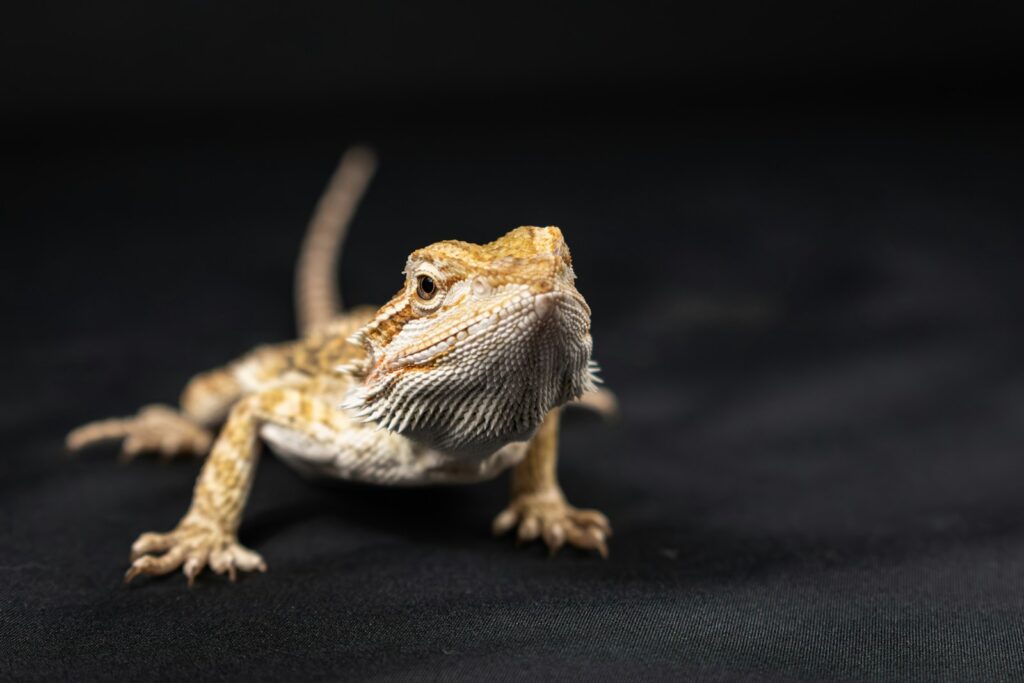
Establishing a proper lighting schedule is essential for replicating your bearded dragon’s natural environment and maintaining their circadian rhythm. Most experts recommend providing 10-12 hours of UVB lighting daily during spring and summer months, reducing to 8-10 hours during fall and winter to simulate natural seasonal changes. This photoperiod should align with your dragon’s activity cycle, as these diurnal reptiles need UVB during their active hours when they would naturally be basking in the sun. A timer can be invaluable for maintaining consistency in your lighting schedule, ensuring your pet receives appropriate light cycles even when you’re not home. Some advanced keepers implement a seasonal lighting pattern that gradually changes throughout the year, potentially encouraging natural behaviors like breeding or brumation. However, it’s crucial to never leave UVB lighting on 24 hours a day, as bearded dragons require a dark period for proper rest and hormone regulation.
UVB Degradation and Replacement Schedules

One of the most commonly overlooked aspects of UVB lighting is that bulbs continue to emit visible light long after they’ve stopped producing adequate UVB radiation. Most UVB bulbs experience significant degradation in their ultraviolet output after 6-12 months of use, even though they may appear to be functioning normally to the human eye. T8 fluorescent tubes typically need replacement every 6 months, while T5 high-output tubes may last 9-12 months before UVB output diminishes below effective levels. Mercury vapor bulbs generally maintain their UVB output for 9-12 months before requiring replacement. To maintain proper care, marking your calendar with replacement dates when you install a new bulb is highly recommended. Some dedicated reptile keepers use UVB meters (solar meters) to measure actual output and determine precisely when replacement is necessary, though these devices represent an additional investment beyond typical care expenses.
Combining UVB with Proper Heating
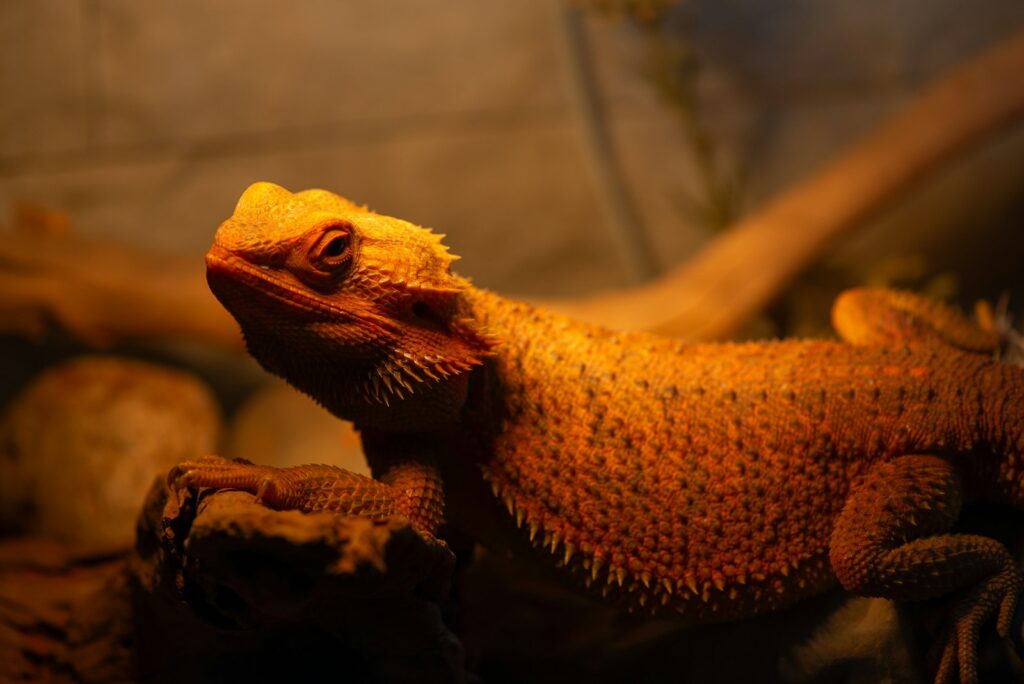
UVB lighting works synergistically with proper temperature gradients in your bearded dragon’s enclosure. For UVB synthesis to occur efficiently, your dragon must be able to reach optimal body temperature, typically achieved through basking. The basking spot should reach temperatures of approximately 100-110°F (38-43°C) for adults and slightly higher for juveniles, allowing your dragon to properly thermoregulate while receiving UVB exposure. This combination of heat and UVB mimics the natural conditions of basking in sunlight, which provides both thermal energy and ultraviolet radiation simultaneously in the wild. Separating heat and UVB sources by too great a distance can force your dragon to choose between proper temperature and UVB exposure, compromising their health. The most effective setups position both the primary heat source and UVB bulb over the basking area, allowing your dragon to receive both essential elements simultaneously while maintaining the ability to move to cooler areas when needed.
UVB Through Glass and Plastic
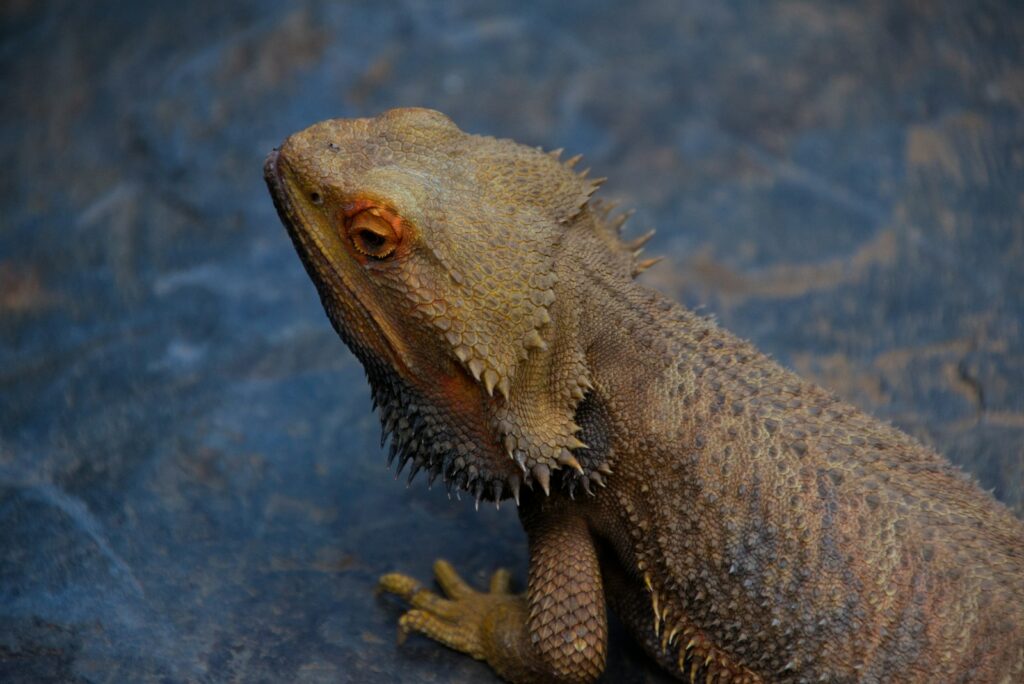
A critical consideration often overlooked by new bearded dragon owners is that standard glass and plastic materials block UVB transmission almost entirely. Window glass, tank glass, plastic covers, and even some mesh screens can significantly reduce or completely block UVB rays from reaching your pet. This scientific reality explains why placing a bearded dragon tank near a sunny window provides essentially no UVB benefit, as the glass filters out the crucial wavelengths before they reach your pet. Specifically designed UVB-transmitting acrylics do exist for reptile enclosures, but these specialty materials are significantly more expensive than standard materials and still filter some percentage of UVB. This filtering effect also applies to the bulbs themselves—a UVB bulb covered with dust or residue will have significantly reduced effectiveness, necessitating regular gentle cleaning with a soft cloth. When designing your dragon’s habitat, ensuring a direct path between the UVB source and your pet without intervening materials is essential for proper UVB exposure.
Supplements vs. UVB: Finding Balance

While calcium and vitamin D3 supplements exist for reptiles, they cannot fully replace proper UVB lighting for bearded dragons. The natural synthesis of vitamin D3 through UVB exposure allows the dragon’s body to regulate uptake precisely, avoiding the potential risks of oversupplementation that can occur with dietary vitamin D3, which includes possible toxicity and organ damage. A balanced approach typically involves providing proper UVB lighting as the primary source of vitamin D3 while offering calcium supplements without added D3 on food items several times weekly. For dragons with confirmed UVB deficiencies or during recovery from metabolic bone disease, veterinarians may temporarily prescribe calcium with D3 supplements under close monitoring. However, this approach is considered an intervention rather than standard care. The natural regulatory mechanisms that occur with UVB exposure represent millions of years of evolutionary adaptation and provide physiological benefits beyond vitamin D3 production, including potential impacts on immune function, behavior, and overall well-being that supplements alone cannot address.
Signs of Inadequate UVB Exposure
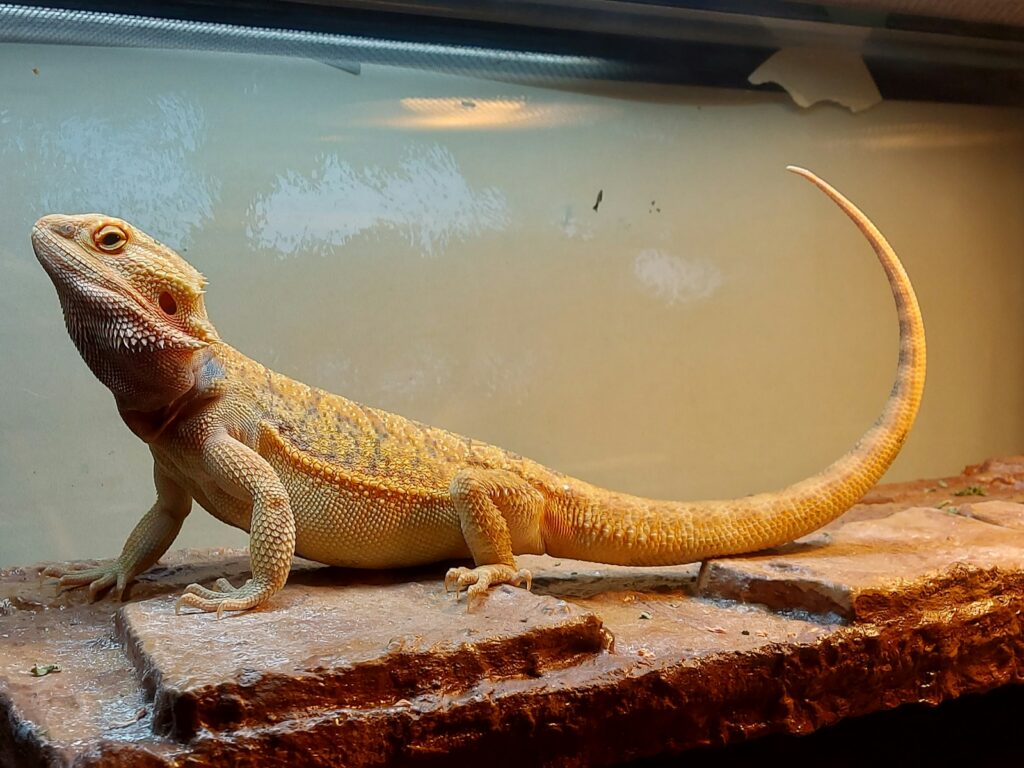
Vigilant owners should watch for subtle indicators of insufficient UVB exposure well before severe symptoms of metabolic bone disease appear. Early warning signs often include decreased appetite, lethargy, spending excessive time hiding rather than basking, and reduced activity levels compared to the dragon’s normal behavior. As deficiency progresses, you might notice difficulty climbing, unusual posture while walking, or trembling limbs when moving. Changes in stool consistency or frequency can also indicate developing nutritional issues related to poor calcium metabolism. Some dragons display more frequent “stress marks” (darkened patches on their belly or beard) or maintain darker overall coloration when experiencing UVB deficiency. Unfortunately, many owners mistake these early symptoms for normal behavior variations or aging, allowing preventable conditions to progress to more serious stages. Regular handling and observation of your bearded dragon, along with periodic weight checks, can help identify subtle changes that warrant attention before they develop into clinical disease.
UVB Needs Across Different Life Stages
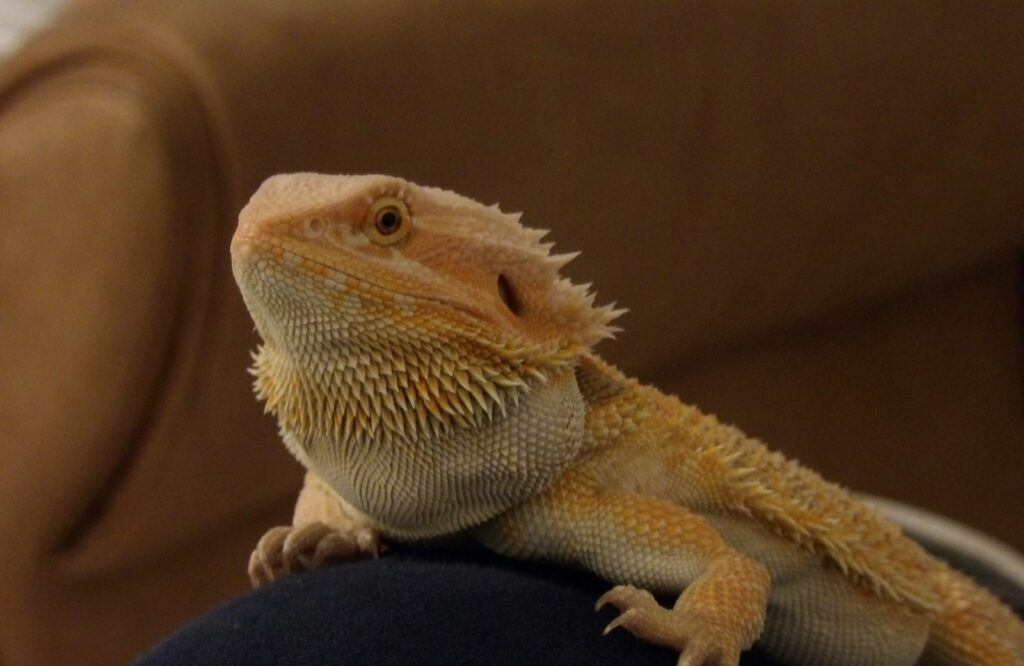
Bearded dragons have varying UVB requirements throughout their development, with juveniles generally needing more intense and longer exposure than adults. Baby and juvenile bearded dragons experience rapid skeletal growth, making proper UVB lighting particularly crucial during their first 18 months of life. During this growth phase, inadequate UVB can quickly lead to developmental abnormalities that may be irreversible. Adult bearded dragons still require appropriate UVB lighting but may tolerate slightly lower intensity or shorter duration without immediate adverse effects. Senior dragons (typically over 5-7 years old) continue to need UVB for calcium metabolism but may naturally become less active and spend less time basking, potentially requiring closer monitoring to ensure adequate exposure. During specific life events such as breeding, egg production, or recovery from illness, females in particular may benefit from enhanced UVB exposure and calcium supplementation under veterinary guidance to support the increased physiological demands on their bodies.
Common Myths and Misconceptions About UVB
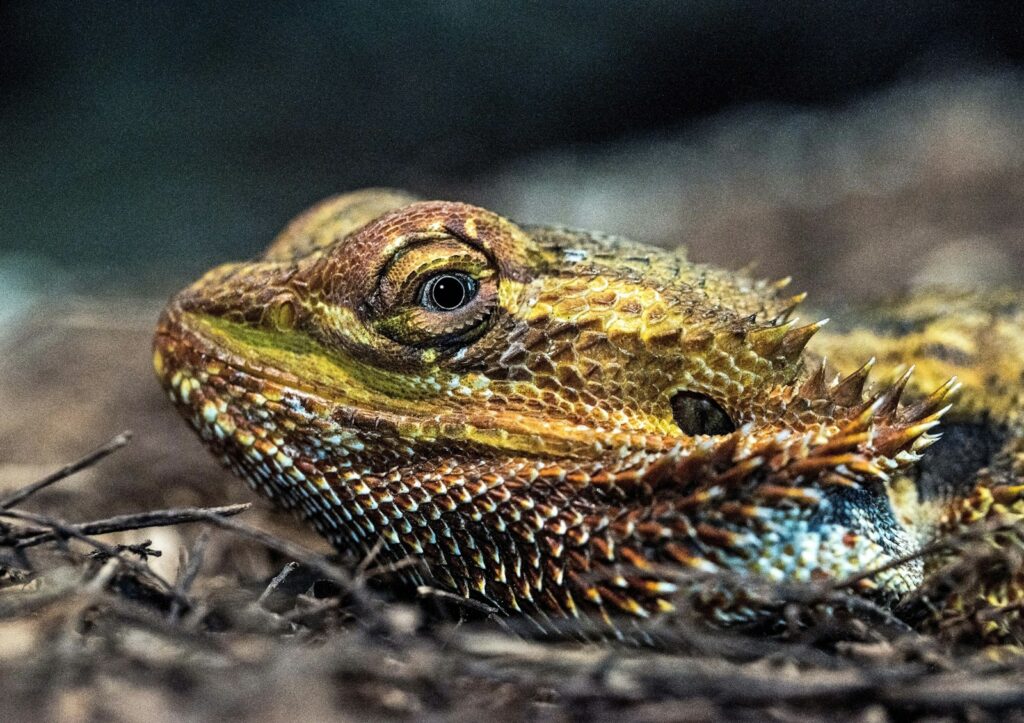
The world of reptile keeping contains numerous misconceptions about UVB lighting that can lead well-meaning owners astray. One persistent myth suggests that bearded dragons can get adequate UVB from standard household or aquarium lights, which is categorically false, as these emit negligible to no UVB radiation. Another common misconception is that providing calcium supplements with vitamin D3 eliminates the need for UVB lighting, ignoring the complex physiological processes and additional benefits that natural UVB synthesis provides. Some owners incorrectly believe that natural sunlight through a window provides UVB benefits, unaware that standard glass blocks virtually all UVB wavelengths. There’s also a dangerous myth that UVB is harmful or unnecessary for bearded dragons, likely stemming from confusion with UVC radiation, which is indeed harmful but not present in properly manufactured reptile bulbs. Perhaps most concerning is the belief that a bearded dragon “looking healthy” means its UVB needs are met, when in reality, deficiencies can develop internally long before visible symptoms appear.
Outdoor Natural Sunlight Exposure

Natural sunlight remains the absolute gold standard for UVB exposure, providing a perfect spectrum of light that even the best artificial sources can only approximate. When weather permits and temperatures are appropriate (generally 75-90°F or 24-32°C), offering supervised outdoor time in a secure enclosure can tremendously benefit your bearded dragon’s health. Direct sunlight exposure for even 20-30 minutes several times weekly can supplement indoor lighting and provide psychological enrichment through novel stimulation. However, critical safety precautions must be observed, including never placing your dragon in an enclosed container like a glass tank outdoors, which can rapidly reach fatal temperatures. A secure mesh enclosure that prevents escape while allowing airflow works best, with both sunny areas and shaded retreat options available. Always maintain direct supervision to protect from predators, ensure appropriate temperatures, and prevent overheating. During outdoor sessions, providing a shallow water dish and a familiar hide spot can help your dragon feel secure while enjoying natural sunlight benefits.
Conclusion: Investing in Your Dragon’s Health

Proper UVB lighting represents one of the most significant investments you can make in your bearded dragon’s long-term health and quality of life. While the initial equipment costs and ongoing bulb replacements may seem substantial, they pale in comparison to the veterinary expenses and heartache associated with treating preventable conditions like metabolic bone disease. Understanding the scientific principles behind UVB requirements, implementing appropriate lighting solutions, and maintaining regular replacement schedules demonstrates the commitment responsible reptile keeping demands. Remember that as captive keepers, we’ve taken on the obligation to recreate essential elements of our pets’ natural environment, with UVB being among the most critical for bearded dragons. By prioritizing proper UVB lighting alongside appropriate diet, temperature, and habitat design, you provide your bearded dragon the foundation for a healthy life that can span a decade or more. Your dragon cannot advocate for its own needs, making your educated care decisions the determining factor in its health and longevity.

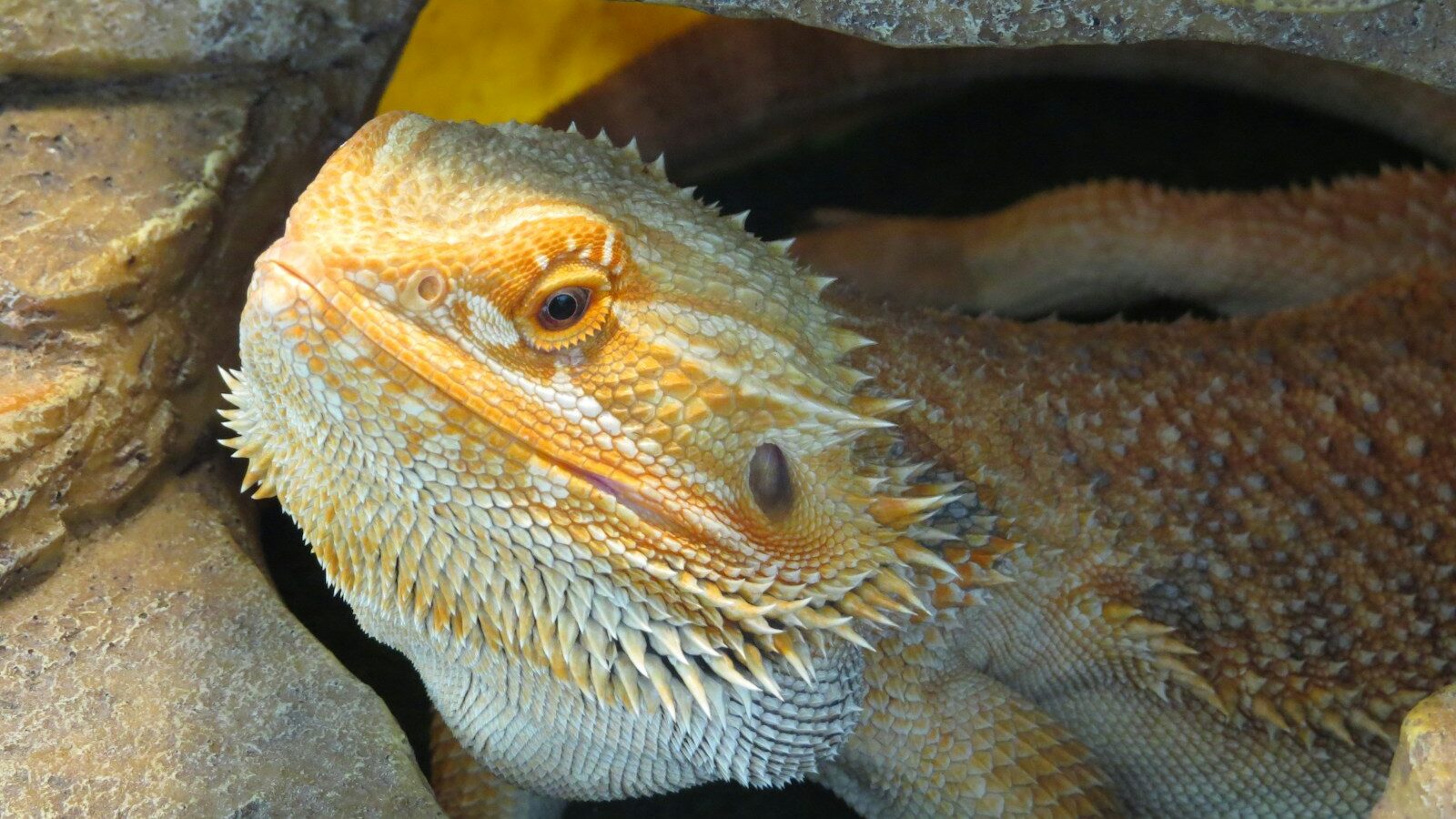





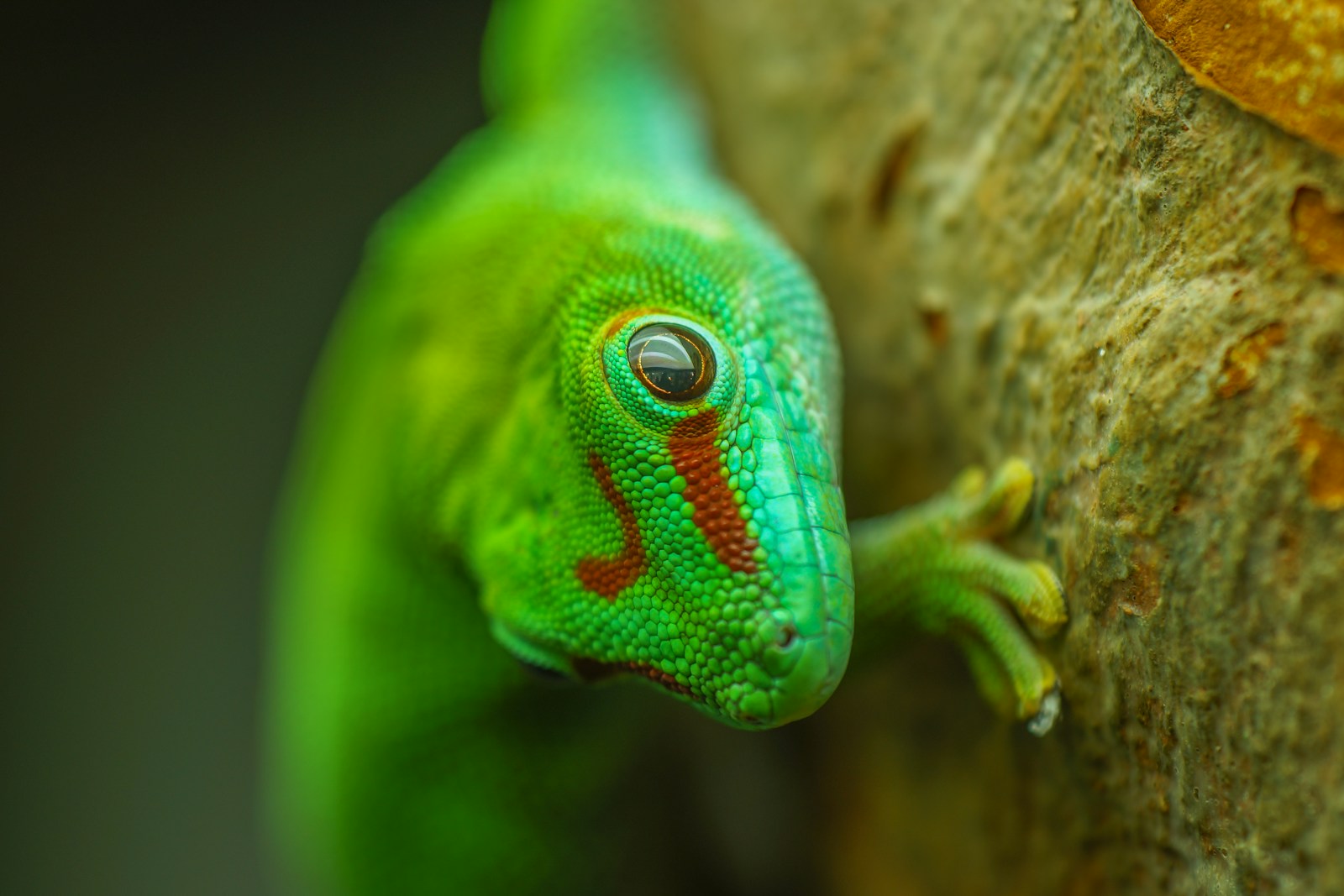
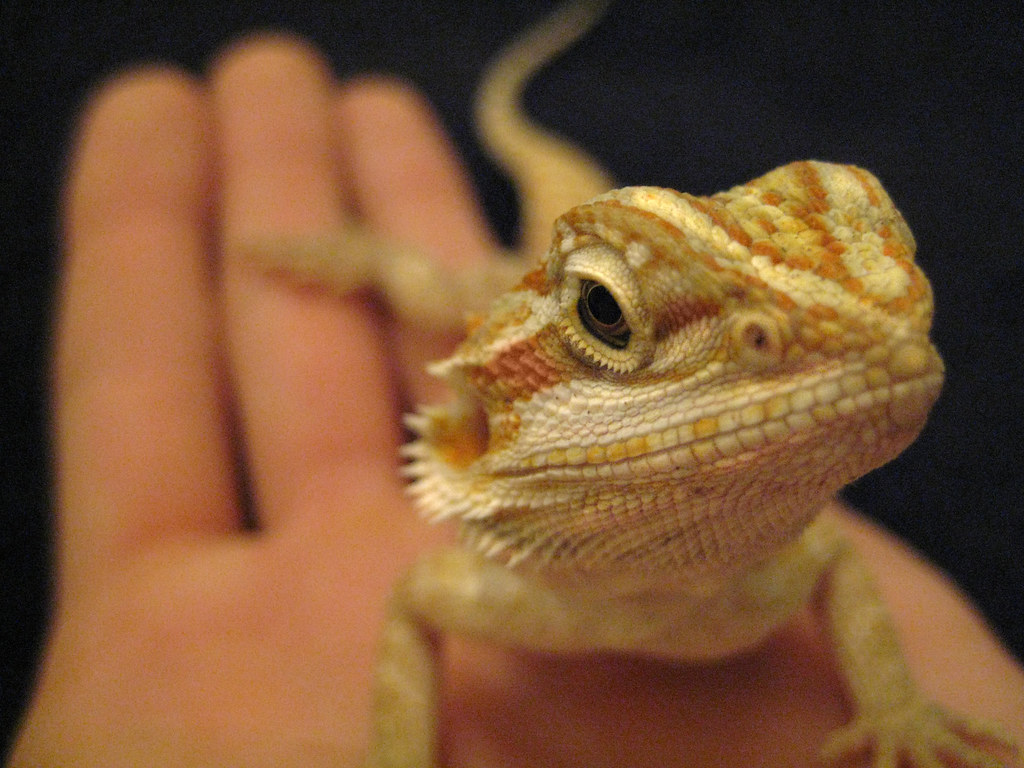


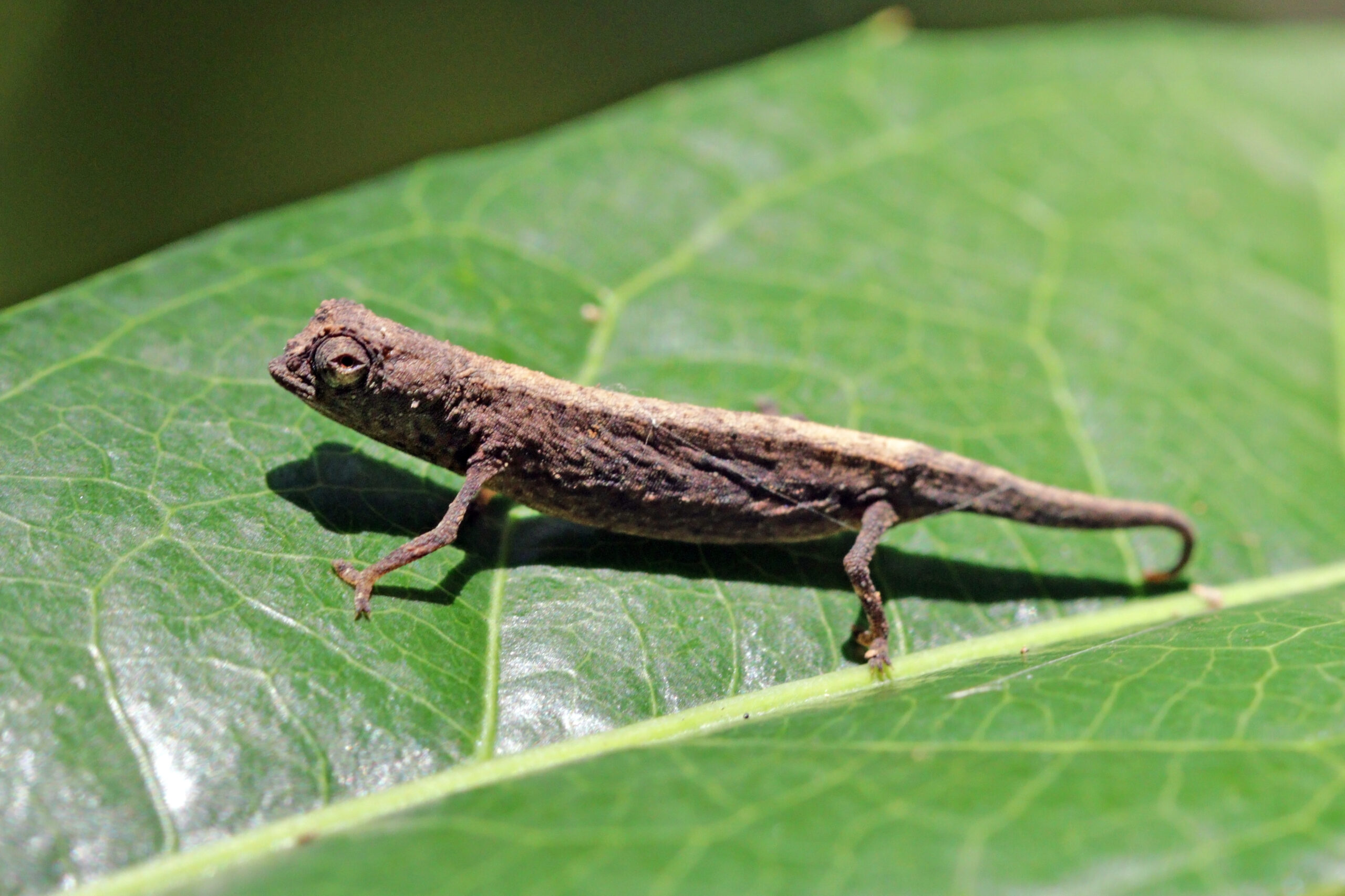




Leave a Reply